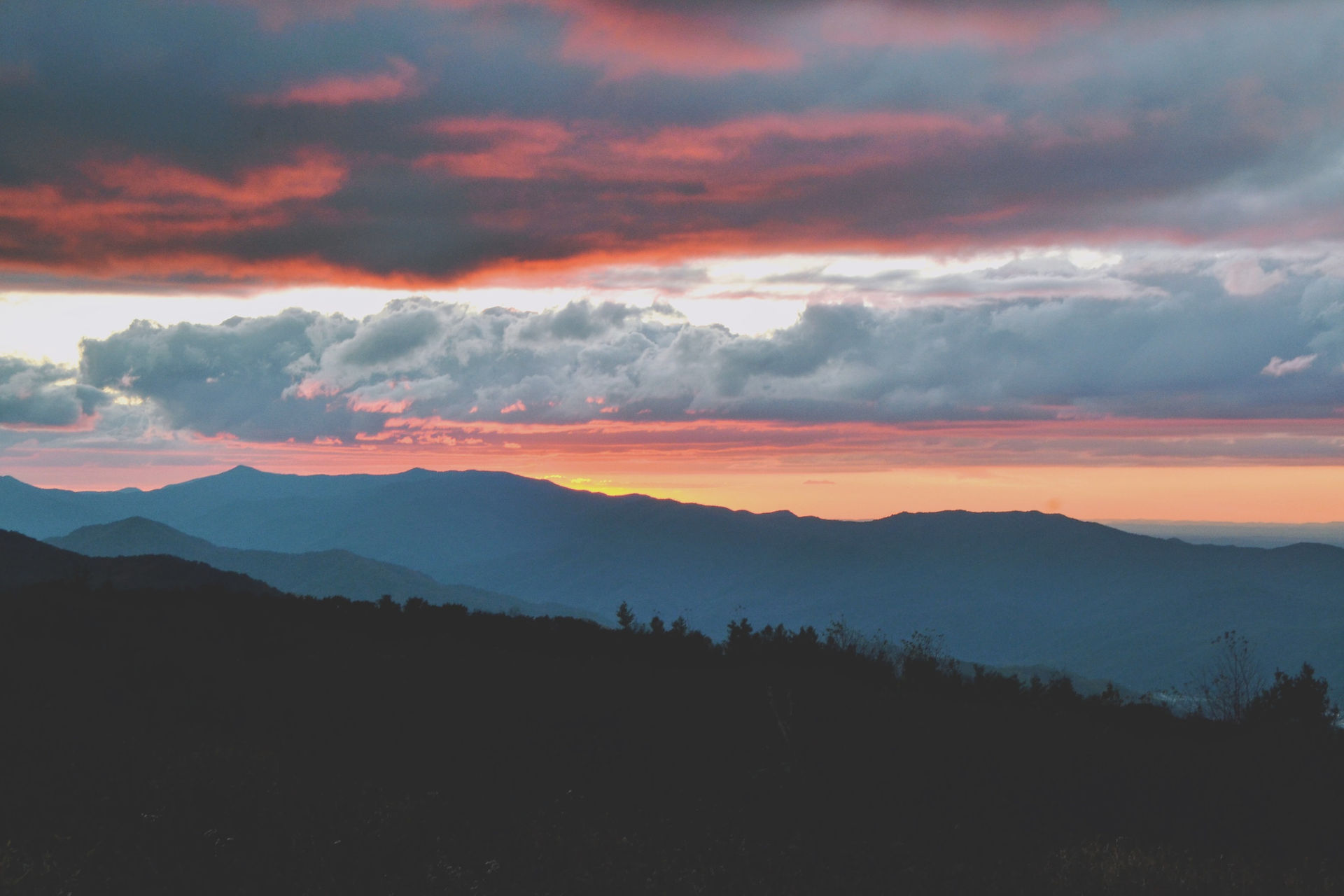The communities of coal country
- Jade Owens
- Apr 29, 2023
- 3 min read

A coal community is a small town that has developed around a coal mining site. Many coal communities have been around since the late 1800s.
“I grew up in Hazard, Kentucky,” said Arizona Baker, a previous resident of a coal community. “My dad and grandfather worked for the coal industry. We lived in one of those coal communities, actually. Everyone I knew for the most part worked for them. They were really nice and homey, even. I miss it.”
One community is the town of Ansted, West Virginia. It was founded in 1870 when a small group of English settlers discovered rich coal seams and set to work extracting the valuable resource. The traditional way of extracting coal from these seams is mining into mountains, creating large vertical shafts and vast systems of tunnels. For hundreds of years, this method of mining coal met the demands of the steel and power industries. When the coal boom ended in the 1950s, a new approach to exploiting the diminishing deposits and supplying the higher demands was discovered.
“With numerous and thick coal seams accessible by both surface and underground mines, Appalachia was the United States primary coal-producing region from the 1800s through the 1970s," said Carl Zipper with The Northern Research Station. "Appalachian coal mining has influenced the region's landscapes, forests, water, and people over more than two centuries."
As mine shafts were closed and unemployment in coal communities soared to nearly 27%, a new form of mining was being developed. Mountain top removal is a form of surface mining at the top of a mountain. The coal deposits are exploited from a mountain by tearing back the layers of earth above the seams. This process produces massive amounts of destruction to the natural landscape. As whole mountains are being hollowed out by blasting and heavy machinery, many coal communities are trying to stop the destruction of their homes. Even former coal miners are horrified by the scale of the destruction that mountain top removal is causing.
Coal mining does not just affect the environment, but also the people. With communities being built around coal mines, the people feel the upfront effects.
“Countless felled trees were scattered across a slope stripped clear by bulldozers," said John McQuaid from the Smithsonian. "Such timber is sometimes sold, but the trees are more often burned—a practice that amplifies coal's considerable impact on air pollution and global warming."
The people of these communities are upset that these are the conditions that they face due to the result of coal mining. The situations continue to worsen with the demand of coal rising. Many of the communities cannot afford to pick up and leave, either. These are family-built communities where a lot of individuals have a personal history.
“My dad had been with the coal community for so long that it took a lot for us to move away," said Baker. "I miss it, sure, but it was hard to watch the nature around us get torn down to make space for more mining areas."
As time goes on, there are advocates who want to prevent coal mining and find more environmentally friendly methods. Though, suddenly shutting down coal mining plants could also hurt the surrounding communities. Since the coal mining industry creates jobs around communities, some families rely on it as a source of income to stay on their feet.
If the coal mines were replaced or shut down, it would leave many families without jobs, and it could cause their communities to crash. This does not mean they support the coal mines, though. They agree that a gradual replacement could allow them to make changes, along with job opportunities.
Coal communities want a gradual shift from coal mining to a more friendly form of fuel. They want to see the environment treated better, not only by themselves, but for all that it affects. Coal communities want to see a better future form around them.
Photograph of Hazard, Kentucky taken by Robert Hall.

Comments